Scorpions Making Themselves at Home–in Yours
Wednesday, August 10th, 2016This is Passport to Texas
I find scorpions in my house from time to time. With their crablike pincers and barbed tails, they’re scary little guys.
I think we have a natural reaction to anything with different body morphology.
Ben Hutchins is an invertebrate biologist at Texas Parks and Wildlife. He says scorpions dwell in a wide variety of habitats.
Pretty much any habitat except Alpine environments.
Although we have several species this arachnid in Texas, Hutchins says we’re not likely to run into them.
Usually, we don’t run into them that often because they’re mainly active at night; during the day they’re usually hiding under rocks, under logs—deep in leaf litter as well. So, we don’t run into them a lot, except when perhaps we’re in the yard gardening, or they might wander into our house at night.
Why do they come into our homes?
It’s not really intentional; during their foraging, they might see a crack under your door as just another crevice that they’ll be traveling through in search of prey.
Once they’re inside, they could make themselves comfy.
If you have a room with the lights off and lots of boxes—places to hide—that mirrors their natural environment with lots of secure hiding place for them…
How scorpions are beneficial in the environment. That’s tomorrow.
For Texas Parks and Wildlife, I’m Cecilia Nasti.
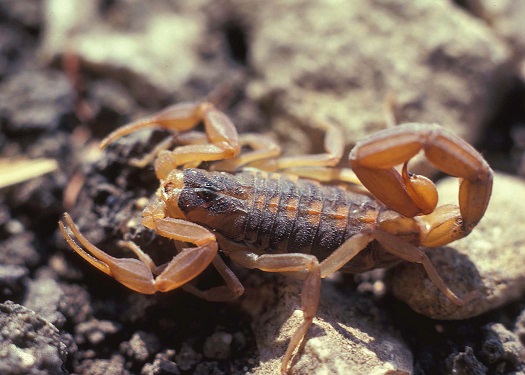

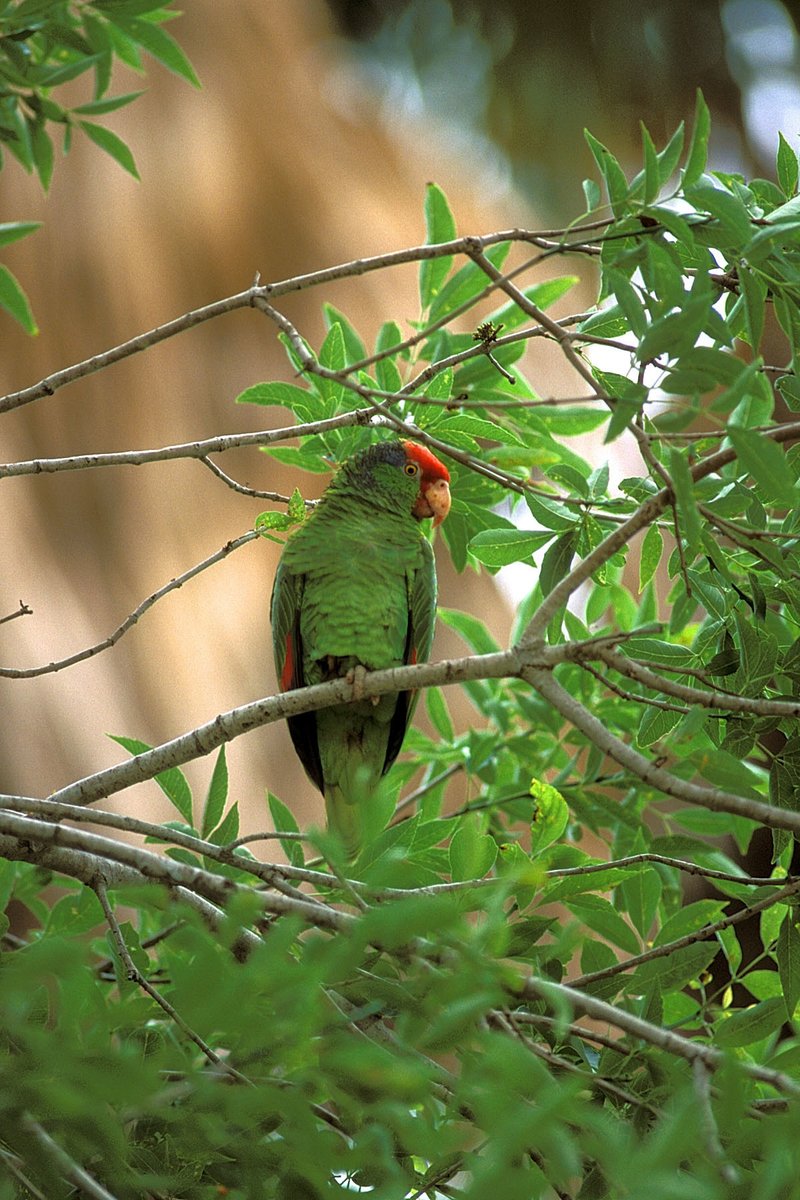
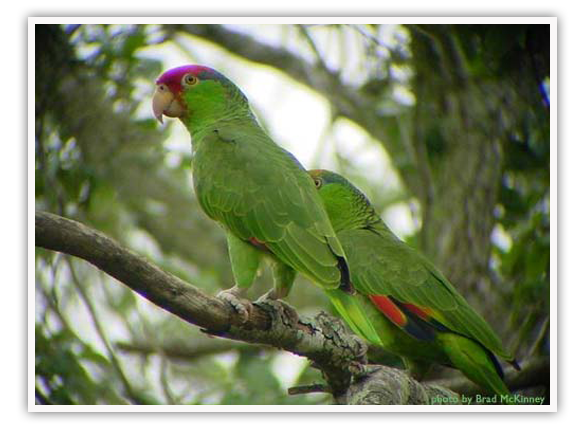
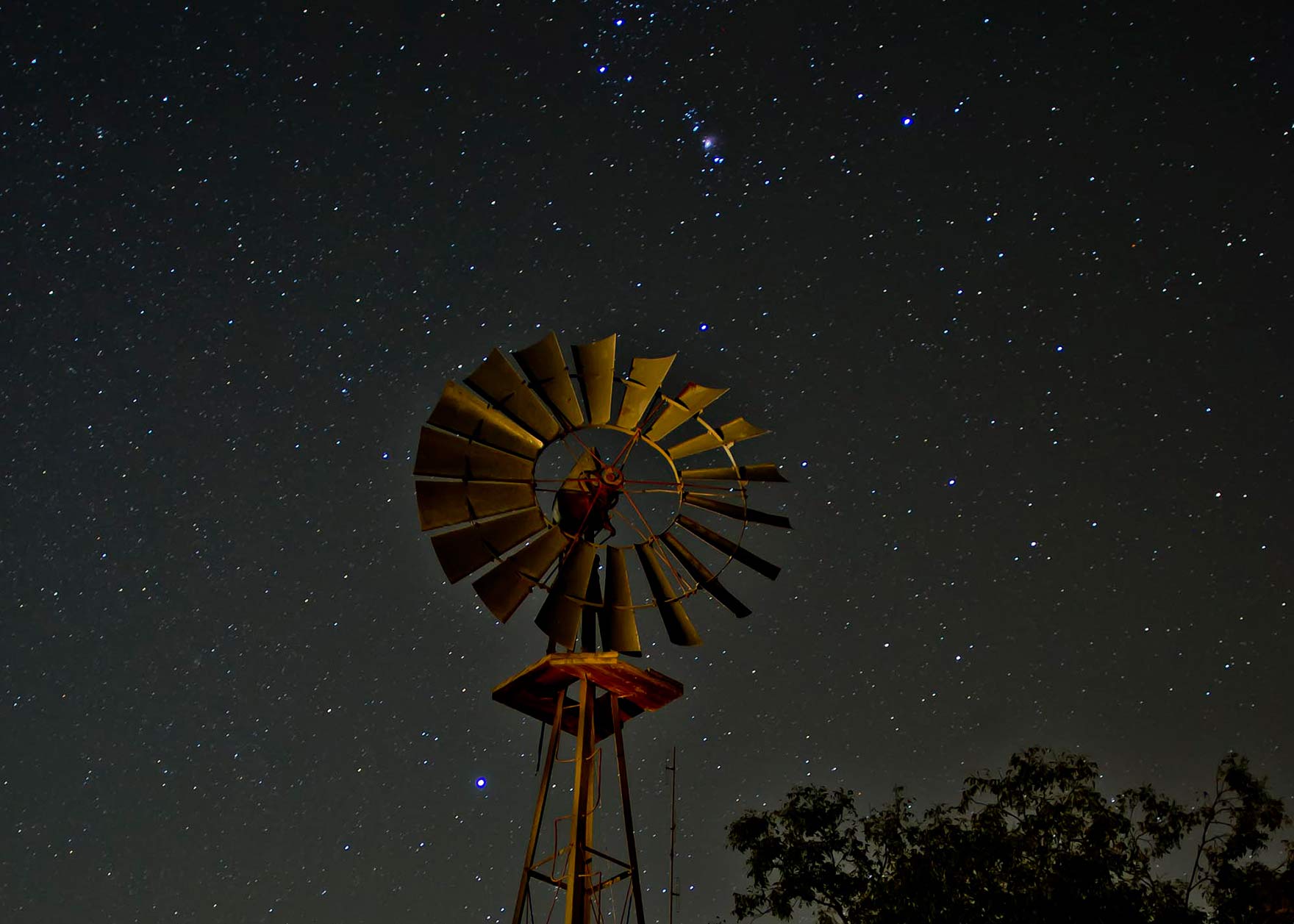
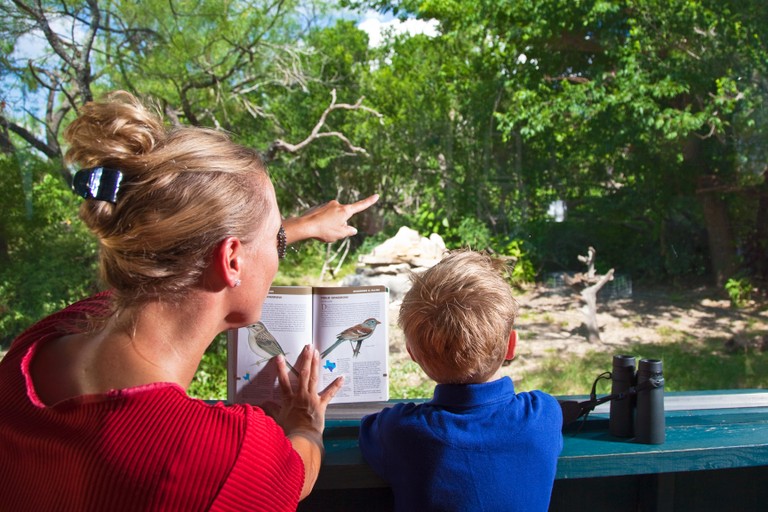

 Passport to Texas is a
Passport to Texas is a  Passport to Texas is made available by:
Passport to Texas is made available by: